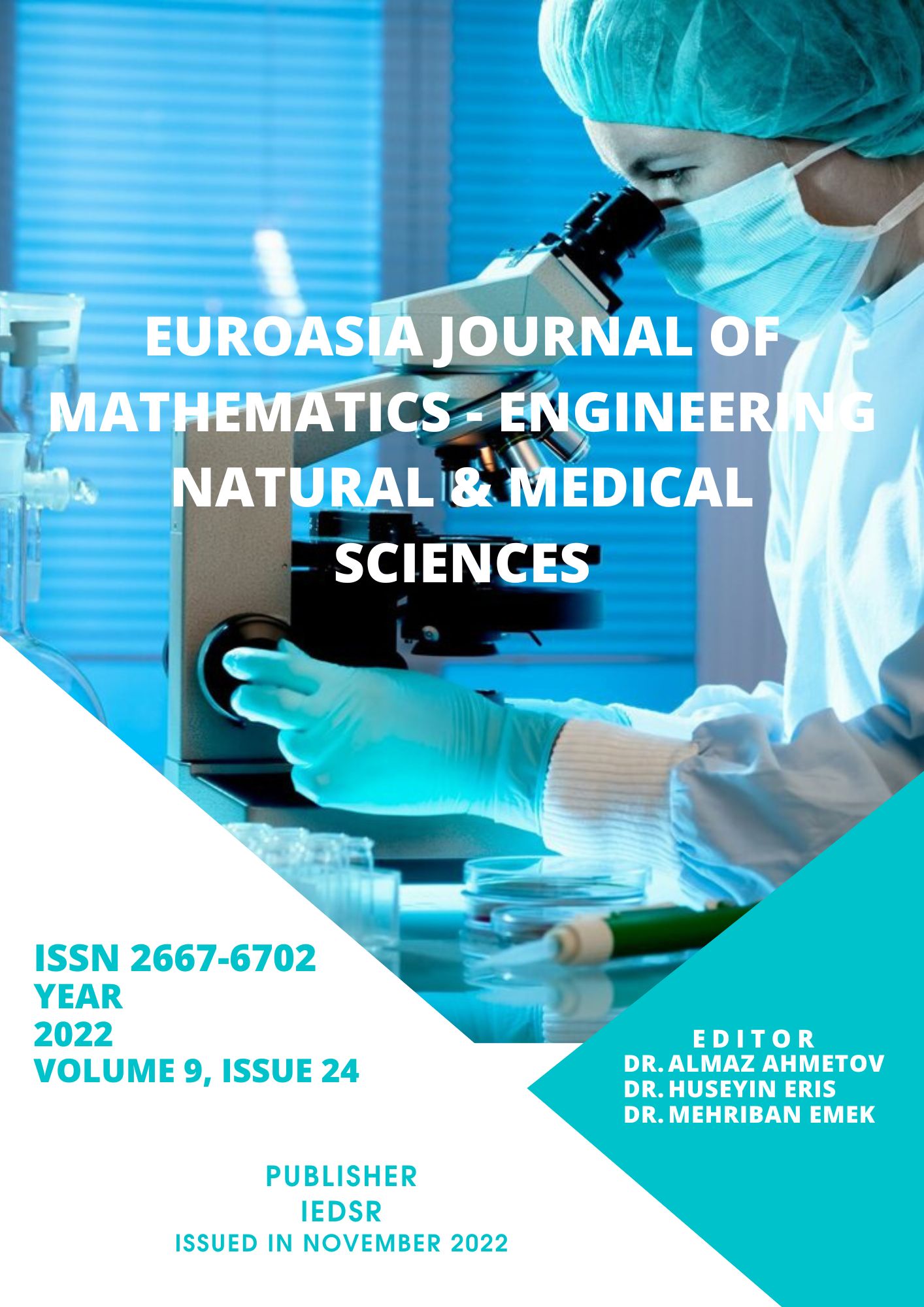Effects of Pressure Gradient Change on Flow and Heat Transfer in Backward-Facing Step Flow
DOI:
https://doi.org/10.5281/zenodo.7364799Keywords:
Backward-facing step flow, reunification, heat transfer, fluid mechanicsAbstract
Backward-facing flows have been the subject of numerous experimental and numerical studies for computational fluid dynamics and heat transfer studies from past to present. The typical features of these flows are the separation of the flow after the abruptly changing channel height and the recombination of the formed flow if the channel length is long enough. In such flows, where we can see both laminar and turbulent flow examples, heat transfer also takes place due to the recombination of the flow. In this study, post-step recombination and heat transfer due to the channel geometry that narrows and expands towards the channel exit from a determined point before the step independent of the turbulence intensity in a closed channel were investigated. The results of an experimental study that is widely discussed in literature studies; it has been reached by using the Standard k ε model in ANSYS Fluent. After reaching the experimental data with the applied numerical model, the results obtained by using the narrowing and expanding channel geometry were examined. It has been determined that in cases where the pressure gradient effect decreases towards the channel exit, the re-unification region moves towards the channel exit and the heat transfer capacity decreases.
References
Armaly, BF., Durst, F., Pereira, JCF., Schönung, B. (1983). Experimental and theoretical investigation of backward-facing step flow. J. Fluid Mech, 127: 473-496.
Ateş, M. (2015). Geri Basamak Akışlarında Dış Türbülansın Ve Basınç Gradyeninin Isı Transferi Üzerine Etkileri. Yüksek Lisans Tezi, Uludağ Üniversitesi Fen Bilimleri Enstitüsü, Makine Mühendisliği Anabilim Dalı, Bursa.
Ateş, M., Pulat, E. (2020). Geri basamak akışlarında dış türbülansın akış ve ısı transferi üzerine etkileri. 2nd International Eurasian Conference On Science, Engineering And Technology, 07-09 October 2020, Gaziantep, Turkey.
Barkley, D., Gomes, MGM., Henderson, RD. (2002). Three-dimensional instability in flow over a backward-facing step. J. Fluid Mech, 473: 167-190.
Biswas, G., Breuer, M., Durst, F. (2004). Backward-facing step flows for various expansion ratios at low and moderate Reynolds numbers. ASME, 126: 362-374.
Bradshaw, P., Wong, FYF. (1972). The reattachment and relaxation of a turbulent shear layer. J. Fluid Mech, 52: 113-135.
Chen, L., Asai, K., Nonomura, T., Xi, G., Liu, T. (2018). A review of backward-facing step (BFS) flow mechanism, heat transfer and control. Thermal Science And Engineering Process, 6: 196-216.
Chen, YT., Nie, JH., Armaly, BF., Hsieh, HT. (2006). Turbulent separated convection flow adjacent to backward-facing step – effects of step height. International Journal of Heat and Mass Transfer, 49: 3670-3680.
Chiang, TP., Sheu, TWH., Tsai, SF. (1997). Topological flow structures in backward-facing step channels. Computers & Fluids, 26: 321-337.
Driver, DM., Seegmiller, HL. (1985). Features of a reattaching turbulent shear layer in divergent channel flow. AIAA Journal, 23: 163-171.
Eaton, JK., Johnston, JP. (1981). A review for research on subsonic turbulent reattachment. AIAA Journal, 19: 1092-1100.
Haque, A., Ahmad, F., Yamada, S., Chaudhry, SR. (2007). Assessment of turbulence models for turbulent flow over backward facing step. World Congress on Engineering, 2-4 July 2007, London, UK.
Hossain, MA., Rahman, T., Ridwan, S. (2013). Numerical investigation of fluid flow through a 2D backward facing step channel. International Journal Of Engineering Research & Technology, 2: 3700-3708.
Isomoto, K., Honami, S. (1989). The effect of inlet turbulence intensity on the reattachment pracess over a backward facing step. Journals of Fluids Engineering, 111: 87-92.
Iwai, H., Nakabe, K., Suzuki, K. (2000). Flow and heat transfer characteristics of backward-facing step laminar flow in a rectangular duct. International Journal of Heat and Mass Transfer, 43: 457-471.
Khanefer, K., Al-Azmi, B., Al-Shammari, A., Pop, I. (2008). Mixed convection analysis of laminar pulsating flow and heat transfer over a backward-facing step. International Journal of Heat and Mass Transfer, 51: 5785–5793.
Lee, T., Mateescu, D. (1998). Experimental and numerical investigation of 2D backward facing step flow. Journals of Fluids and Structures, 12: 703-716.
Pulat, E., Diner, M. (2001). Geri basamak akışının nümerik analizi. Pamukkale Üniversitesi Mühendislik Fakültesi Dergisi, 7: 29-34.
Togun, H., Safaei, MR., Sadri, R., Kazi, SN., Badarudin, A., Hooman, K., Sadeghinezhad, E. (2014). Numerical simulation of laminar to turbulent nanofluid flow and heat transfer over a backward-facing step. Applied Mathematics and Computation, 239: 153–170.
Vogel, JC., Eaton, JK. (1985). Combined heat transfer and fluid dynamic measurements downstream of a backward-facing step. Journal of Heat Transfer, 107: 922-929.
Downloads
Published
How to Cite
Issue
Section
License
Copyright (c) 2022 Euroasia Journal of Mathematics, Engineering, Natural & Medical Sciences

This work is licensed under a Creative Commons Attribution-NonCommercial 4.0 International License.

